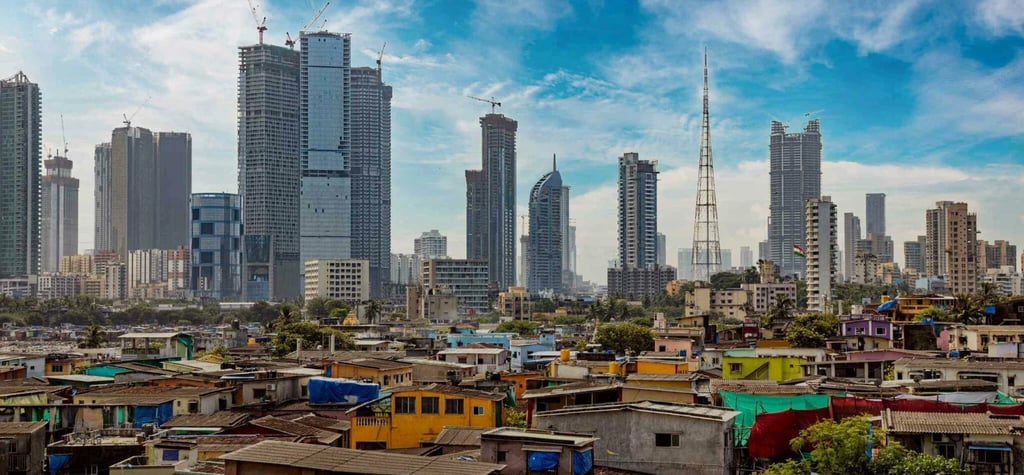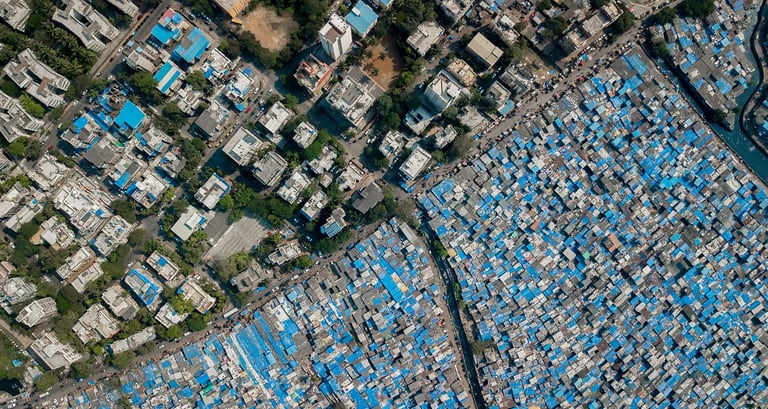Rising Income Gap in India: Top 1% Hold 40% of Nation’s Wealth, Addressing Deepening Inequality
Income disparity in India is a growing concern with the top 1% of the population controlling 40% of the country’s wealth. This imbalance reflects deep issues within India’s economic, social, and political systems.
ECONOMYNATIONAL
Thinkbrief
7/14/20253 min read


Income disparity in India is a growing concern with the top 1% of the population controlling 40% of the country’s wealth. This imbalance reflects deep issues within India’s economic, social, and political systems. Despite rapid economic growth the benefits have not been equally shared and the gap between the rich and poor continues to widen. Factors such as historical disparities, unequal access to education, job market imbalances, wealth concentration, and political influence contribute to this inequality. Addressing these issues is crucial for ensuring that India’s growth benefits everyone and not just a select few.
A major cause of income disparity in India is its historical inequality. The British colonial system created structures that favored a small elite while exploiting the majority of the population. Even after independence these structures remained largely unchanged. Wealth and land were still concentrated in the hands of a few. This unequal distribution of resources continues to affect millions especially those in rural areas and from marginalized communities. These groups have been historically disadvantaged and face barriers to economic opportunities leaving them trapped in poverty.
Unequal access to education and skill development also plays a significant role in income disparity. Education is a key determinant of economic mobility but millions in rural and economically disadvantaged areas lack access to quality education. Public schools in these areas often lack proper infrastructure, teachers, and resources. This limits students’ chances of pursuing higher education and securing better-paying jobs. Wealthy families can afford to send their children to prestigious schools and universities providing them a competitive advantage. This education gap creates a cycle where the rich benefit from better opportunities while the poor remain stuck in low-wage jobs.
The job market in India further exacerbates income disparity. Although the country has seen economic growth the benefits have not reached all sectors of the economy. A large portion of India’s workforce remains in the informal sector where jobs are low-paid and unstable. In contrast those in formal sectors such as technology and finance earn better wages and have more job security. This divide between informal and formal employment leads to a widening income gap and economic insecurity.
Wealth in India is concentrated in the hands of a small elite. Large corporations and wealthy individuals accumulate wealth through monopolistic practices, tax evasion, and political influence. The rich benefit from favorable government policies and the appreciation of assets like real estate while the majority of people struggle to keep up with rising living costs. This concentration of wealth creates further inequality by ensuring that resources are not evenly distributed across society.
To reduce income disparity India must adopt policies that encourage inclusive growth. Improving access to education especially in rural areas is critical to breaking the cycle of poverty. Investment in public education and skill development can ensure that all children regardless of background have the opportunity to secure better jobs. Progressive taxation is also needed to ensure that the wealthiest contribute a fair share to public welfare. Higher taxes on the rich would provide the government with resources to fund healthcare, education, and social programs. Additionally policies that create more formal sector jobs and improve working conditions in the informal sector can help reduce income inequality. Finally the government must work to reduce corruption and ensure resources are distributed fairly across society.
In conclusion income disparity in India is a complex issue caused by historical, social, and economic factors. However with targeted policies focused on education, taxation, job creation, and wealth redistribution India can reduce inequality and ensure that its economic growth benefits all citizens.

